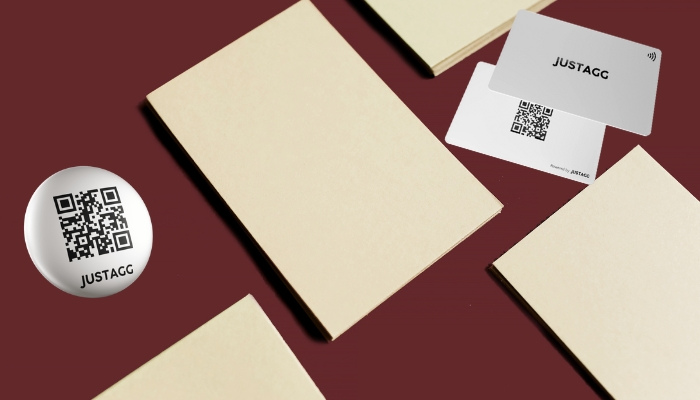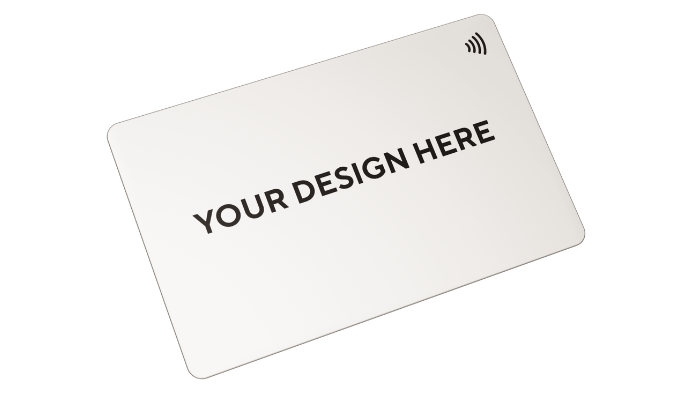In today’s digital age, where virtual communication dominates our professional interactions, you might assume that traditional business cards have become obsolete.
But hold on! Don’t underestimate the power of these unassuming cardstock wonders just yet. Despite the rise of technology, traditional business cards have managed to hold their ground and remain an influential tool in the business world. In fact, they have gone through a fascinating transformation to meet the changing needs of professionals while preserving their unique advantages.
So, fasten your seatbelts as we embark on a captivating journey to explore the intriguing history, optimal size, and surprising benefits of traditional business cards. Get ready to discover why this seemingly ordinary topic has much more to offer than meets the eye.
Let’s get started without further adieu.
What is Traditional Business Card?
Traditional business cards are small, printed cards that contain contact information and other relevant details about an individual or business. They are often used to make connections and exchange information at networking events or trade shows.
Here are some of the key elements of a traditional business card:
- Name
- Title
- Company
- Contact information (email, phone number, website)
- Logo
- Other relevant details (social media handles, website links, etc.)
Traditional business cards are a simple and effective way to share your contact information and promote your business. They are a cost-effective way to network and build relationships, and they can be a valuable tool for any professional.
Ever-evolving Transformation of Traditional Business Card
Traditional business cards have evolved over time from calling cards to promotional tools.
- In the 17th century, calling cards were used to announce one’s arrival or leave a polite message.
- In the 19th century, business cards became more common as a way to promote services and establish credibility.
- In the 20th century, business cards saw a surge in popularity as they became more affordable and accessible.
- In the 21st century, business cards have faced competition from digital alternatives, but they remain a popular way to network and build relationships.
The transformation of traditional business cards has led to changes in the size and design of business cards.
Traditional Business Card Size
In the past, traditional business card sizes were typically a standard size, but today there is a wider variety of sizes available. This is because businesses are now more likely to use business cards as a marketing tool, and they want to create a card that is eye-catching and memorable.
The size of a business card can also be affected by the company’s branding. Some companies have a specific size or style that they use for all of their marketing materials, so their business cards will need to conform to that.
The transformation of traditional business cards has also led to the rise of the “company business card.”
Company Business Card
This is a type of business card that is designed to represent the entire company, not just an individual employee. Company business cards typically include the company’s logo, website, and contact information. They may also include a brief description of the company’s products or services.
Company business cards are often used at trade shows and other events where businesses are trying to reach a large number of people. They are also a good way for businesses to provide a lasting impression on potential customers.
So, as you are now aware that traditional business cards have been around for centuries, and they are still a staple of business networking today. While digital business cards are becoming increasingly popular, traditional business cards still offer a number of advantages.
Advantages of Traditional Business Cards
Traditional paper business cards offer a multitude of advantages that are difficult to replicate in the digital realm. Let’s explore the following:
Size and Versatility
Traditional business cards are a standard size, which makes them easy to carry and share. You can customize these cards to fit your needs without any effort, with a variety of colors, fonts, and designs available. This makes them a versatile tool that you can use for a variety of purposes, from networking to marketing.
Personal Touch
There is something about a physical business card that just feels more personal than a digital one. When you hand someone a traditional business card, you are making a connection with them in a way that is not possible with a digital card. This can help build trust and rapport, which can be important in business.
Branding
Traditional business cards are a great way to promote your brand. Your logo, website, and contact information can all be included on your business card, which gives you a chance to make a lasting impression on potential clients or customers.
Cost-Effective
Traditional business cards are a relatively inexpensive way to promote your business. You can get a stack of business cards printed for a few dollars, which is a small price to pay for the potential benefits.
Easy To Share
Sharing traditional business cards is effortless and convenient. Simply hand them out personally to your valued clients, ensuring a direct and personal exchange. Furthermore, you can distribute them strategically at seminars or trade fairs, maximizing exposure and reaching potential contacts.
Customizable
Traditional business cards provide ample flexibility in terms of design and layout. You have the freedom to choose from a wide range of materials, printing techniques, and customization options, allowing you to create a card that authentically reflects your brand and showcases your unique personality.
Universally Compatible
Traditional business cards are universally compatible, requiring only a pen and paper to record the information, making them a versatile choice for contact exchange in any situation.
Wrapping Up
In a world driven by digital communication, traditional business cards have defied the odds and remained a powerful tool in the business realm. Through their fascinating transformation over the years, these tangible cards have adapted to meet the evolving needs of professionals while retaining their unique advantages. In a digital world, their tangible presence, personal connections, and versatile marketing capabilities make them a powerful tool for success.
FAQs
What size are traditional business cards?
Traditional business cards typically follow a standard size of 3.5 inches by 2 inches (8.9 cm by 5.1 cm), allowing for easy storage in wallets or cardholders while providing sufficient space for contact information and design.
How thick is a traditional business card?
Traditional business cards typically come in two standard thicknesses. The 14 pt or 0.014 inches stock is thinner and often used for brochures, postcards, or flyers that require mass distribution.
On the other hand, the 16 pt or 0.016 inches stock is the standard thickness for business cards, providing a sturdier feel suitable for handing out in meetings and conferences.
Are thick business cards worth it?
Thick business cards are worth it for their durability, withstanding wear and tear, and ability to absorb ink better, enhance image color and sharpness, and make a lasting impression with a touch of luxury.

